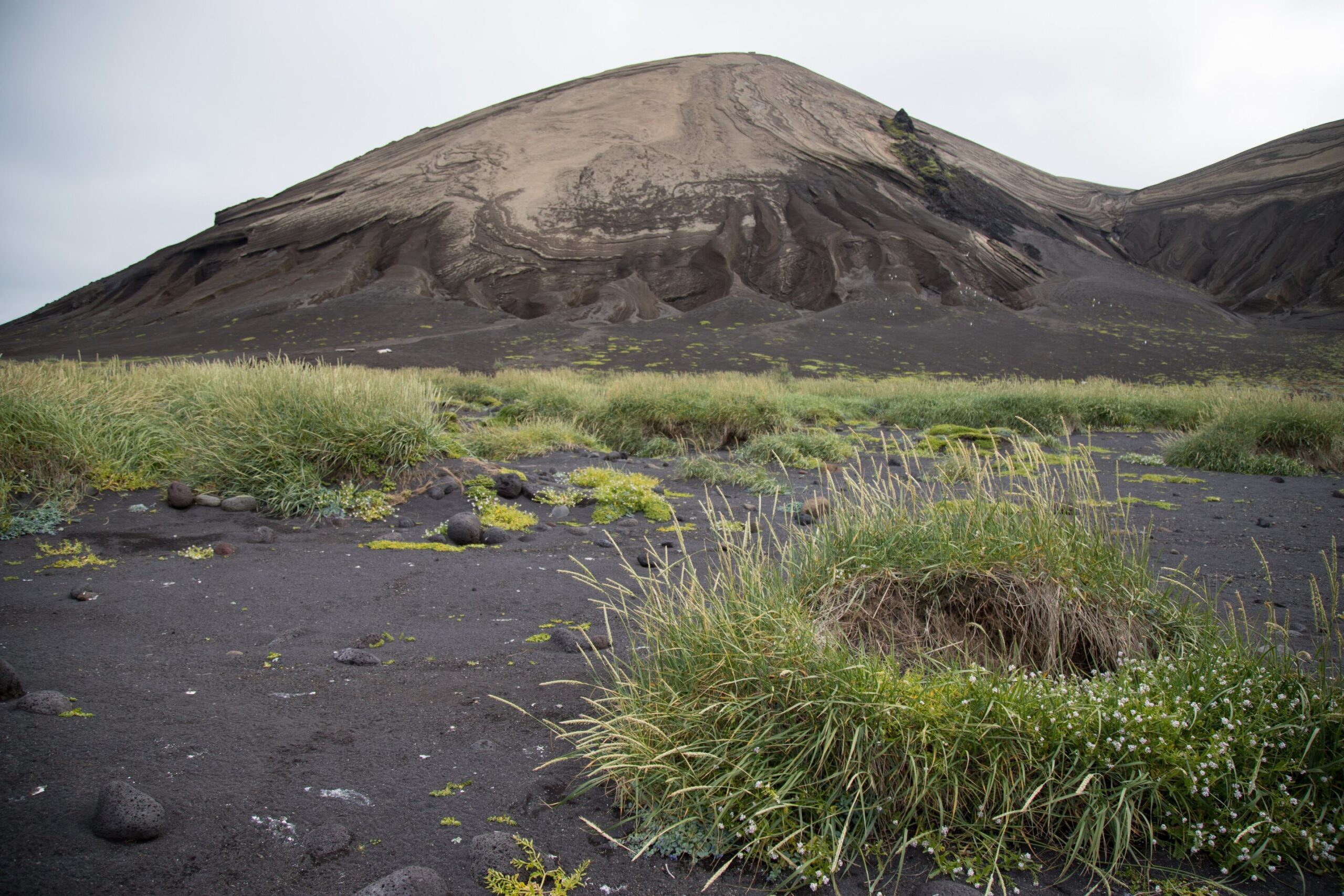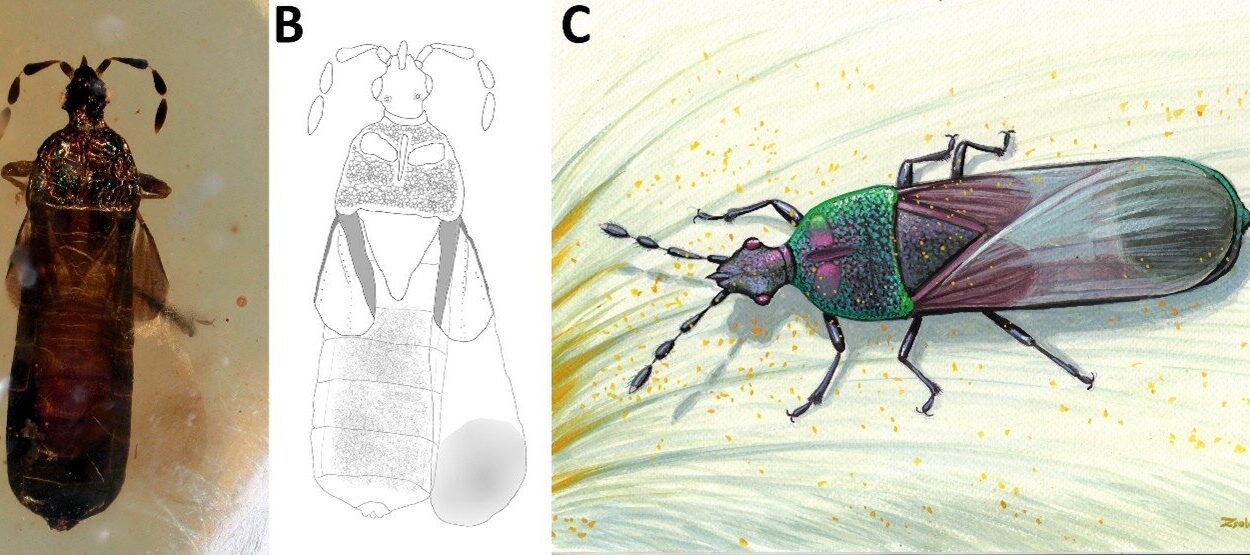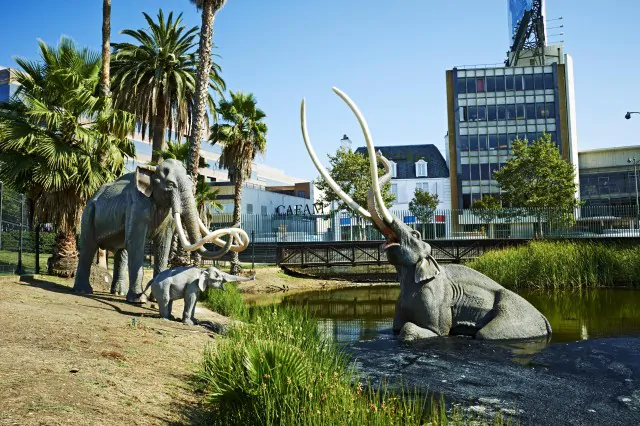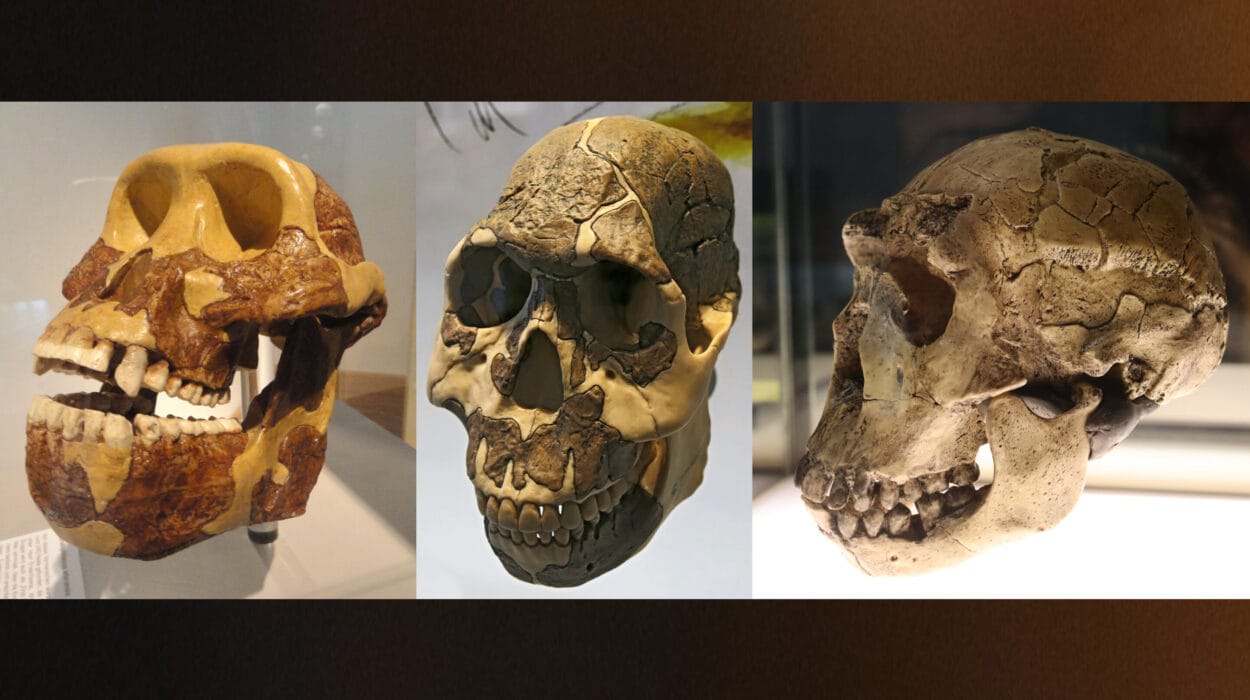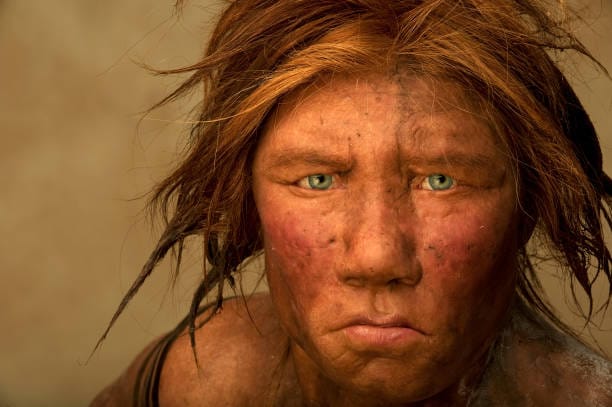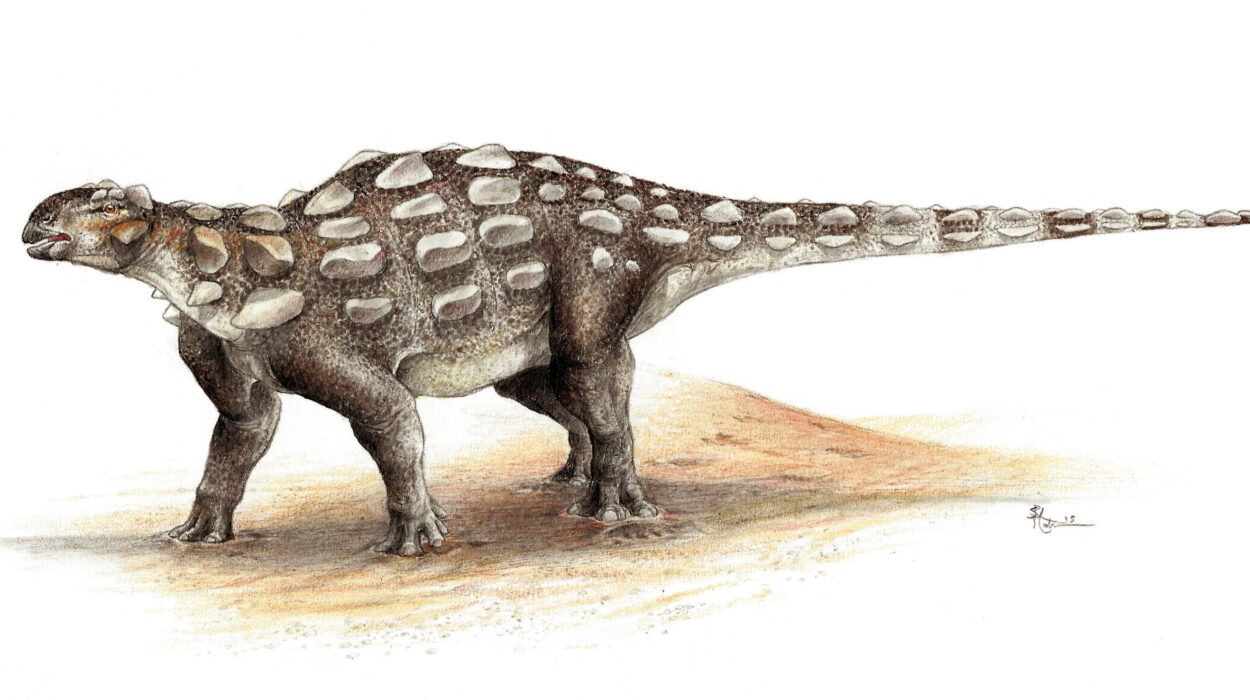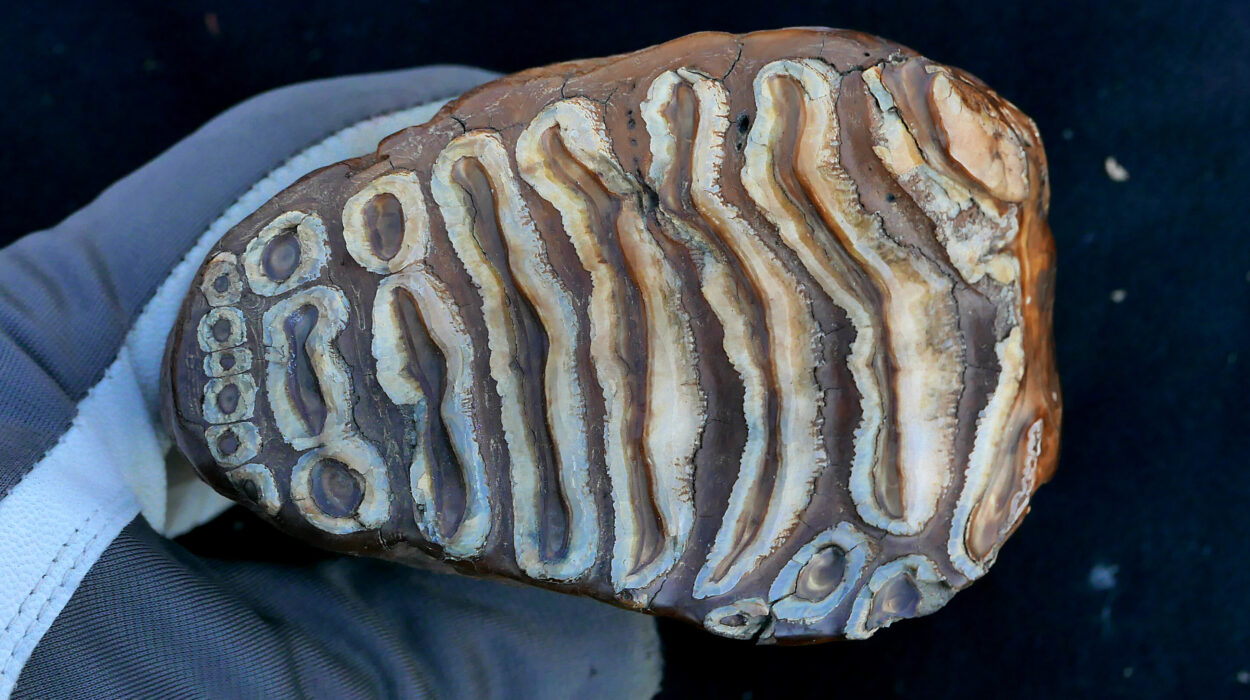In the winter of 1963, deep beneath the cold waters of the North Atlantic Ocean, something extraordinary happened. Pressure built beneath the seafloor until, with thunderous force, a new island was born. Lava roared upward, meeting the icy waves, hissing, and hardening into black rock. For weeks, smoke and ash filled the sky as the island—later named Surtsey, after Surtr, a fiery giant from Norse mythology—rose from the sea like a myth made real.
When the eruption ended, what remained was a raw and alien landscape—barren, scorched, and lifeless. Yet to scientists, Surtsey was a miracle in the making: a blank canvas upon which nature could paint its masterpiece. For the first time in modern history, humans could watch, almost from the very beginning, how life begins anew.
The First Signs of Life
When the lava cooled and the island settled, it seemed impossible that anything could survive there. The ground was still hot, the soil nonexistent. But nature, patient and persistent, began its quiet invasion.
Within a few months, the first organisms appeared—tiny mosses, hardy lichens, and microbial communities clinging to cracks and crevices. The wind carried spores and seeds from distant lands. Ocean waves deposited bits of driftwood, shells, and organic debris. Slowly, life began to take root.
For ecologists, Surtsey became a living experiment—an island-sized laboratory where they could witness the birth of an ecosystem, free from human interference. Access was strictly limited to scientists to prevent contamination, and every sign of life was carefully recorded.
The Old Theory: Seeds Built for Travel
For decades, biologists believed they understood how plants colonized remote islands like Surtsey. According to long-held theory, the key lay in special adaptations—traits that made seeds perfect travelers.
Some seeds are featherlight, built to float through the air for miles. Others have wings or parachutes, like those of dandelions. Fleshy fruits attract birds, who eat them and later disperse the seeds in their droppings. These clever designs, scientists thought, gave certain plants an advantage in reaching isolated places.
But Surtsey’s story would soon reveal a different truth—one that defied conventional wisdom.
A Surprising Discovery
More than sixty years after the island’s birth, Surtsey has transformed. What was once a lifeless lava field is now home to mosses, grasses, flowers, and even small shrubs. Yet when researchers examined which plants had managed to establish themselves, they found something astonishing.
A new study published in Ecology Letters revealed that most of the 78 vascular plant species that have colonized Surtsey since 1965 lack the traits traditionally linked to long-distance dispersal. They didn’t have buoyant seeds, sticky surfaces, or fleshy fruits designed to attract birds.
So how did they get there?
The answer came from above—from the sky, from wings that cross oceans.
The True Pioneers: Birds as Agents of Life
Dr. Pawel Wasowicz of the Natural Science Institute of Iceland and his international team discovered that birds were the true pioneers of Surtsey. Gulls, geese, and shorebirds—drawn to the island by its isolation and safety—brought with them the seeds of life.
As birds fed on plants elsewhere, seeds passed through their digestive systems and were later dropped on Surtsey, encased in nutrient-rich waste. In other cases, seeds clung to feathers or feet, hitching a ride across miles of ocean.
Where a bird landed, a potential garden was sown.
This realization overturned long-standing assumptions. It showed that life does not move in isolation—it follows life. Plants did not simply drift to Surtsey on the wind or waves; they arrived on wings.
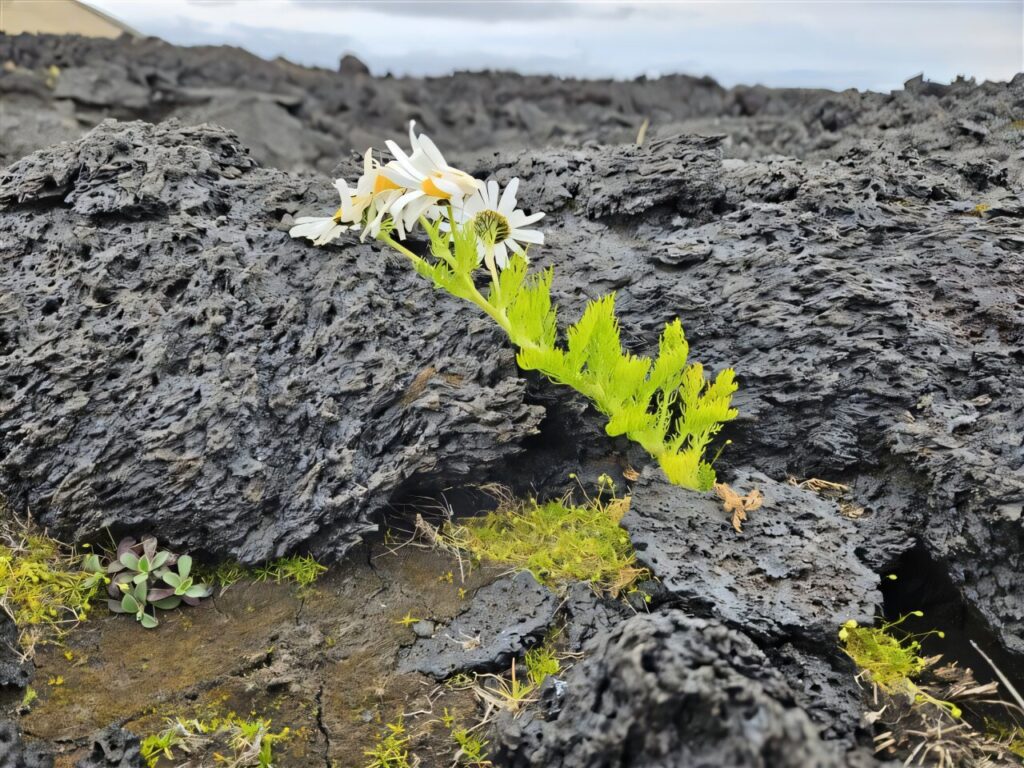
As Dr. Wasowicz explains, “Birds turned out to be the true pioneers of Surtsey—carrying seeds of plants that, according to conventional theories, shouldn’t be able to get there. These results show that to understand how life spreads, we must look at the interactions between plants and animals.”
The Web of Life Takes Shape
As more birds visited, Surtsey began to change. Seeds sprouted in gull nests, where droppings enriched the sterile soil. Small patches of vegetation emerged—grasses, sea thrift, mosses. With plants came insects, drawn by pollen and shelter. Soon after, spiders arrived, carried on threads of silk by the wind.
In just a few decades, Surtsey evolved from lifeless rock into a living, breathing ecosystem—a miniature world built from connections.
Each new arrival altered the environment, making it more hospitable for the next. This process, called ecological succession, is nature’s way of building complexity. What begins with bare stone ends, centuries later, in rich forests or meadows teeming with life.
On Surtsey, scientists could watch this transformation unfold in real time—a story that usually takes millennia, condensed into decades.
Lessons from a Living Laboratory
For researchers, Surtsey is more than an island; it is a window into life’s resilience. Here, every organism has a story to tell. Each patch of moss, each seabird nest, each plant sprouting from volcanic dust is evidence of nature’s unyielding drive to survive and connect.
The island remains strictly protected, accessible only to scientists. Over sixty years of careful observation have provided unparalleled insight into how ecosystems form, stabilize, and adapt to change.
Dr. Andy Green from the Estación Biológica de Doñana in Spain, who co-led the study, emphasizes the broader meaning of these discoveries. “Our findings have far-reaching implications for ecology and conservation. Animals—especially birds—are key drivers of plant dispersal and colonization. As migration routes shift under a warming climate, birds will play a vital role in helping plants move and adapt to new environments.”
In other words, as the planet warms and habitats transform, birds may again serve as nature’s couriers—carrying seeds to safer places, helping species survive.
Rethinking How Life Spreads
The study’s findings force scientists to rethink one of ecology’s oldest assumptions. Instead of seeing plants as passive travelers relying only on wind or water, we now understand that animal behavior is central to how life spreads.
Birds are not just passengers in nature’s story; they are active agents of creation. Their migrations stitch together distant ecosystems, connecting continents and carrying the potential for new life wherever they go.
This realization reshapes our understanding of evolution, adaptation, and survival. It suggests that the future of many plant species may depend not only on climate and geography but also on the animals they interact with.
Surtsey: A Symbol of Hope and Fragility
Surtsey’s continuing evolution serves as both a lesson and a warning. It shows how quickly life can take hold, how powerfully ecosystems emerge from nothing—but it also reminds us how fragile those systems are.
The island’s delicate balance could easily be disrupted by invasive species or human interference. That is why it remains strictly off-limits to visitors, a sanctuary for science and for life’s most intimate mysteries.
“Long-term research like that carried out on Surtsey is invaluable for biology,” says Dr. Wasowicz. “It allows us to witness ecological processes that would otherwise remain invisible—how life colonizes, evolves, and adapts. Such work is essential for understanding the future of ecosystems in a rapidly changing world.”
The Eternal Dance of Life
Surtsey’s story is more than a scientific case study—it is a reflection of life’s unstoppable force. From fire and stone came the seeds of green, carried by wings and wind, nurtured by time and persistence.
It reminds us that the Earth is not static. It is alive, dynamic, and endlessly creative. Every island, every forest, every desert is a chapter in the same great saga—the continual renewal of life against the odds.
As we face a future shaped by climate change and ecological uncertainty, Surtsey stands as both inspiration and guide. It shows us that nature, given space and patience, will always find a way.
Life may begin with fire and end in ash, but between those moments, it will bloom, adapt, and soar—forever seeking new places to call home.
More information: Pawel Wasowicz et al, Putative ‘Dispersal Adaptations’ Do Not Explain the Colonisation of a Volcanic Island by Vascular Plants, but Birds Can, Ecology Letters (2025). DOI: 10.1111/ele.70234
